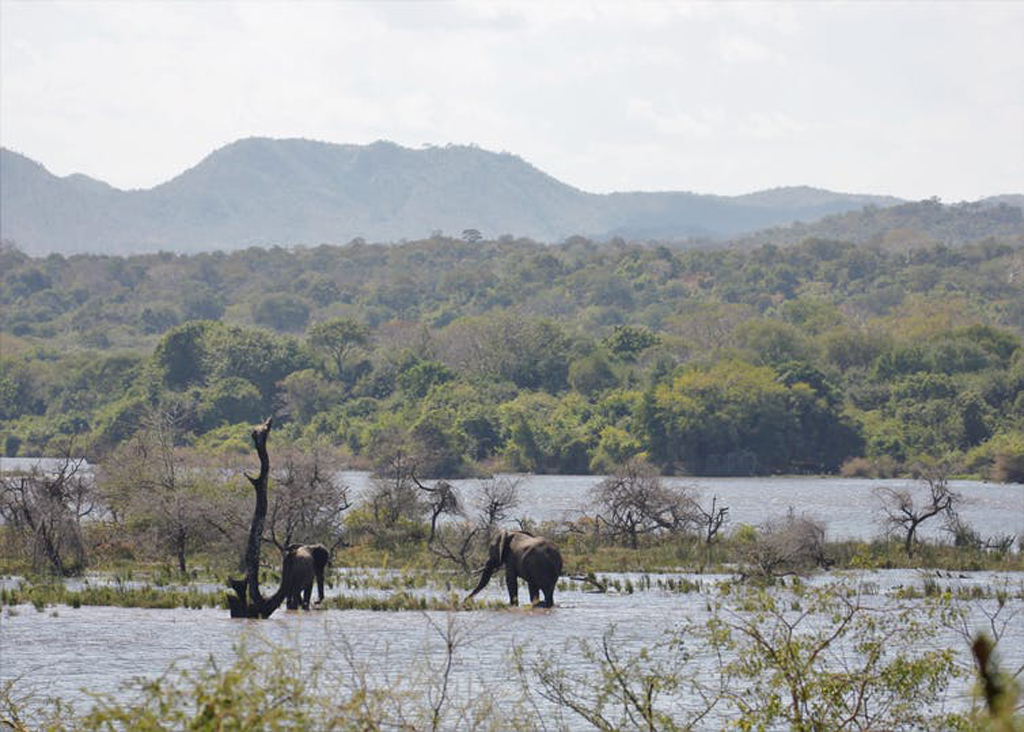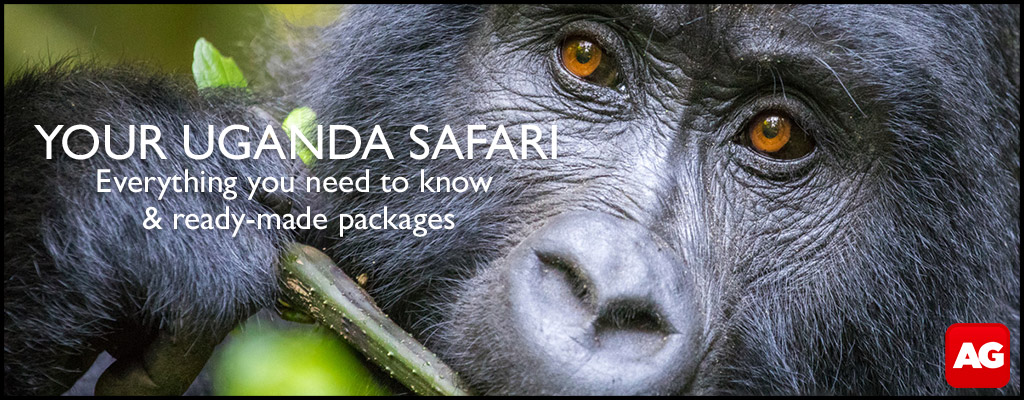
OPINION EDITORIAL by Mucha Mkono, The University of Queensland; Jason I. Ransom, National Park Service; Katarzyna Nowak, University of the Free State, and Patrick O. Onyango, Maseno University
Conservationists don’t always agree about the best ways to reinforce the protection of nature. Debates about it can become confrontational.
But at the heart of the issue is how to include more people in nature conservation efforts. As a group of scientists, we believe it is important to steer the discussion towards a more diverse and inclusive blueprint for protecting biodiversity and ecosystems.
In a letter to the journal Science, we argue that the model of trophy hunting in Africa to finance conservation is neither sustainable nor equitable. We offer some alternatives. We suggest meeting the needs and values of a variety of stakeholders and local communities. Doing so involves empowering people to participate in decisions that affect them.
We support the following strategies for conserving natural landscapes and their ecological functions.
Connecting local needs with the wider world
One approach is to connect small and big investors directly to communities that are associated with wildlife wealth. This can be done through blockchain technology and carbon and biodiversity credits.
An example is GainForest, an app that aims to help maintain and restore forests. GainForest gets funding from the crypto community to provide finance to community members if they maintain their patch of land for an agreed duration. The GainForest team uses publicly available data from GlobalForestWatch to monitor and evaluate community success. It is also developing advanced artificial intelligence algorithms to help forecast future forest cover.
Another strategy is the United Nations programme on Reducing Emissions from Deforestation and Forest Degradation (REDD+) in developing countries. The programme encourages developing economies to lower their carbon emissions through a variety of habitat management schemes and is donor-funded. The United Nations supports partner countries to run REDD+ programmes and trains them in best practices. The Kariba REDD+ project in Zimbabwe is one example. The project has protected 785,000 hectares from deforestation and land degradation. This has helped prevent more than 18 million tonnes of carbon dioxide emissions.

Community-led sustainable practices
Conservation practices that generate direct financial benefits for local communities have also been successful. An example is a Tanzanian wildlife project which reduces the costs of living with wildlife. It assists livestock owners with constructing “living walls”, made of plant materials, to protect domestic animals from predation. The project also supports microfinance and community enterprises such as beekeeping and a bush camp.
Another approach is to reform land use in ways that meet the values and needs of local people. In Peru, Costa Rica, Canada, Kenya, Scotland and Amazonia, local communities have been granted land titles by national governments. This has been positive for livelihoods and for biodiversity conservation. For example, when the Indigenous Tsilhqot’in Nation in British Columbia, Canada, was granted title to traditional lands in 2014, they stopped public hunting based on their own wildlife management strategy.
Agricultural practices can be made more compatible with nature conservation, as has been achieved by It’s Wild in Zambia. Farmers and former poachers came up with certain conservation principles and agreed to follow them. Profits from farm products grown sustainably go directly back into conservation efforts. Women get empowered by selling their crops and acquiring accounting skills.
Reducing negative interactions between people and wildlife
It is important to find creative ways of avoiding or reducing negative interactions between people and wildlife. Lion Guardians in Kenya, Ecoexist in Botswana and the Southern Tanzania Elephant Programme are examples.
This positive coexistence happens through partnerships, participation, and fostering tolerance. The projects create incentives for wildlife-friendly actions that are rooted in science and rural economic development. Such “coexistence buffer zone” projects can promote awareness and tourism by being part of visits to national parks.

Tourism reforms and participatory approaches
Growing the domestic wildlife-watching market is a potential strategy. Compared with international tourism, domestic tourism can have a lower carbon footprint (through less travel), foster local interest in nature, and provide a more reliable income flow. Local hospitality in the form of homestays can help reduce the environmental footprint that big hotels leave.
A more diverse model will be environmentally respectful, promote local knowledge and cultural exchange, and encourage the participation of women. Bushcraft training is one example.
Participatory science and monitoring also have conservation potential. For example, the Grevy’s Zebra Warriors earn income by monitoring endangered zebra in Kenya and Ethiopia. The illegal killing of elephants has also been successfully monitored using participatory surveys. In addition to income, such programmes provide a means for exchange between traditional ecological knowledge keepers, local naturalists, scientists and conservation practitioners.
A mix of “alternative” ways of encouraging and sustaining conservation is urgently needed now. The way forward in conserving nature is through building grassroots domestic conservation actions with direct and positive socioeconomic outcomes. Contributions to shared, interconnected ecosystems that yield a strong sense of sustainable stewardship are ones that create value, foster lasting relationships and nurture deeper connections with the living world.
This article had inputs from our colleagues Phyllis Lee, Jorgelina Marino, Hannah Mumby, Andrew Dobson, Ross Harvey, Keith Lindsay, David Lusseau and Claudio Sillero-Zubiri.![]()
Mucha Mkono, Research Fellow (Australian Research Council DECRA Fellow), Business School, The University of Queensland; Jason I. Ransom, Wildlife Ecologist, National Park Service; Katarzyna Nowak, Fellow, The Safina Center; Research Associate, University of the Free State, and Patrick O. Onyango, Lecturer, Maseno University
This article is republished from The Conversation under a Creative Commons license. Read the original article.
To comment on this story: Login (or sign up) to our app here - it's a troll-free safe place 🙂.![]()
HOW TO GET THE MOST OUT OF AFRICA GEOGRAPHIC:
- Travel with us. Travel in Africa is about knowing when and where to go, and with whom. A few weeks too early / late and a few kilometres off course and you could miss the greatest show on Earth. And wouldn’t that be a pity? Browse our ready-made packages or answer a few questions to start planning your dream safari.
- Subscribe to our FREE newsletter / download our FREE app to enjoy the following benefits.
- Plan your safaris in remote parks protected by African Parks via our sister company https://ukuri.travel/ - safari camps for responsible travellers






